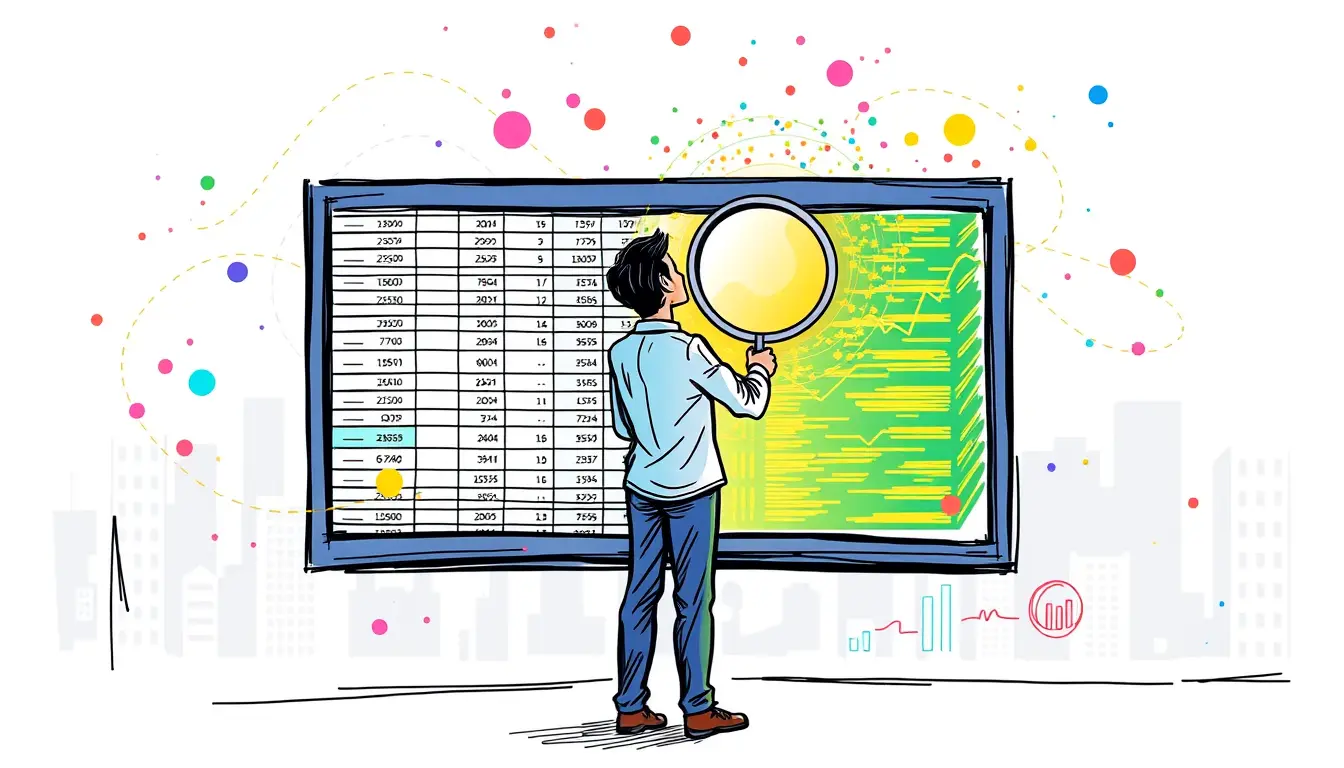Understanding the Need for Agile Transition within Business Analysis
Agile transition has become a necessity within the field of business analysis, driven by the ever-changing nature of the business landscape. Traditional methods of analysis, characterized by rigid processes and long development cycles, have proven to be inadequate in today’s fast-paced and competitive markets. The need for organizations to respond quickly to customer demands, adapt to market shifts, and deliver value in a timely manner has pushed business analysis towards Agile methodologies.
Agile transition enables business analysts to embrace an iterative and collaborative approach, fostering flexibility and adaptability in their work. By breaking down complex projects into manageable increments, Agile allows for regular feedback and course correction, minimizing the risk of cost overruns and missed deadlines. Moreover, it encourages close collaboration between business analysts, stakeholders, and development teams, ensuring that the final product aligns with the organization’s goals and meets customer expectations. In a world where change is constant, Agile transition empowers businesses to stay ahead of the curve and create value in a dynamic environment.
Identifying Key Stakeholders and Their Roles in the Transition Process
Identifying key stakeholders is a crucial aspect of any transition process, especially when it comes to transitioning to agile practices in the realm of business analysis. These stakeholders play vital roles in ensuring the success of the transition by providing their expertise, support, and understanding.
One of the primary stakeholders in this process is the business analyst themselves. They are at the forefront of the transition, responsible for understanding the current state of business analysis and identifying areas for improvement. Their role is essential in crafting a roadmap that outlines the steps needed to successfully transition to an agile approach. Their expertise in both traditional business analysis techniques and agile practices makes them a valuable asset in this dynamic process. Additionally, the business analyst collaborates closely with other stakeholders to ensure that their needs and expectations are addressed throughout the transition.
Assessing the Current State of Business Analysis and Identifying Areas for Improvement
Assessing the current state of business analysis is a crucial step in understanding the areas that require improvement. It involves evaluating the existing processes, methodologies, and tools being utilized in business analysis practices. By conducting a thorough assessment, organizations can identify gaps, inefficiencies, and outdated practices that hinder the overall effectiveness of their business analysis efforts.
One key aspect of assessing the current state of business analysis is to identify areas for improvement. This can be done by analyzing feedback from stakeholders, conducting surveys or interviews with the business analysis team, and reviewing project outcomes. Areas for improvement can range from process streamlining and automation, enhancing collaboration between business analysts and other stakeholders, to incorporating agile methodologies and techniques. By identifying these areas for improvement, organizations can develop a roadmap for the agile transition and take targeted steps towards enhancing their business analysis practices.
Creating a Roadmap for Agile Transition in Business Analysis
When embarking on an agile transition within business analysis, it is essential to have a well-defined roadmap to guide the process. This roadmap should outline the key steps and milestones necessary for a successful transition.
The first step in creating a roadmap for agile transition is to conduct a thorough assessment of the current state of business analysis within the organization. This assessment should include an analysis of the existing processes, tools, and techniques being used, as well as an evaluation of the capabilities and skills of the business analysis team. By identifying the strengths and weaknesses of the current state, organizations can determine areas for improvement and prioritize their efforts during the transition process. Additionally, this assessment will help in identifying any potential challenges or barriers that may arise during the transition and enable the organization to develop appropriate strategies to address them.
Establishing Clear Goals and Objectives for the Transition Process
Establishing clear goals and objectives is crucial when transitioning to agile practices in business analysis. These goals and objectives serve as a guiding framework, helping organizations determine the direction and purpose of the transition process. By clearly defining what they aim to achieve, businesses can effectively communicate and align their efforts toward a common vision.
When establishing the goals and objectives for the transition process, it is important to ensure they are specific, measurable, achievable, relevant, and time-bound (SMART). This approach allows organizations to break down larger goals into smaller, actionable steps that can be easily tracked and evaluated. Moreover, setting SMART goals enables businesses to maintain focus and prioritize key areas for improvement, helping them make informed decisions and effectively allocate resources throughout the transition process. By clearly defining these goals and objectives, organizations can provide a sense of purpose and direction to their teams, motivating them to work together towards a successful agile transition in business analysis.
Selecting the Right Agile Methodology for Business Analysis
When selecting the right agile methodology for business analysis, it is essential to consider the unique requirements and characteristics of the organization. One of the popular agile methodologies is Scrum, which emphasizes iterative development, frequent communication, and cross-functional collaboration. Scrum is best suited for projects with rapidly changing requirements and a highly engaged team. On the other hand, if the organization values a more disciplined approach with well-defined processes, the Kanban methodology may be a better fit. Kanban focuses on visualizing and optimizing workflows, promoting continuous delivery, and reducing bottlenecks. Ultimately, the key is to evaluate the organization’s culture, project requirements, and team capabilities to determine the most suitable agile methodology for successful business analysis.
Building a Collaborative Environment for Agile Business Analysis
One of the key factors in successfully transitioning to Agile business analysis is building a collaborative environment within the organization. Collaboration plays a crucial role in Agile methodologies, as it encourages teamwork, enhances communication, and fosters creativity and innovation. In a collaborative environment, business analysts can work closely with stakeholders, software developers, project managers, and other team members to ensure a unified understanding of goals, requirements, and priorities. This promotes a shared sense of ownership and responsibility, leading to more effective and efficient analysis and decision-making processes during the Agile transition.
To build a collaborative environment, organizations need to establish open lines of communication and promote transparency. This can be achieved by implementing regular meetings, such as daily stand-ups or sprint reviews, where everyone can openly share progress, challenges, and ideas. Collaboration tools, such as project management software or online platforms, can also be utilized to facilitate real-time collaboration and information sharing among team members. Moreover, fostering a culture of trust and respect is vital for creating an environment where everyone feels comfortable expressing their opinions and contributing their expertise. By building a collaborative environment, organizations can enhance the effectiveness of their Agile transition and ensure the success of their business analysis initiatives.
Adapting Business Analysis Techniques and Tools to Agile Practices
In the process of transitioning to an agile approach, it is important for business analysts to adapt their existing techniques and tools to align with agile practices. Traditional methods may not be suitable for the fast-paced, iterative nature of agile projects. Therefore, it is crucial for analysts to explore and adopt new methods that are better suited for agile business analysis.
One way to adapt techniques is by moving from a document-centric approach to a more collaborative and visual approach. Instead of relying solely on lengthy requirements documentation, agile business analysts can leverage techniques such as user stories, story maps, and visual modeling tools to communicate and prioritize requirements effectively. This shift allows for greater collaboration and flexibility, enabling faster decision-making and feedback loops. Additionally, tools like digital storyboards and Kanban boards can be used to track and manage work progress in real-time, facilitating transparency and continuous improvement within the agile team.
• User stories
• Story maps
• Visual modeling tools
• Digital storyboards
• Kanban boards
Developing and Implementing Agile Training Programs for Business Analysts
As organizations transition to agile methodologies, it becomes imperative to equip business analysts with the necessary skills and knowledge to thrive in this new environment. Developing and implementing agile training programs for business analysts is crucial to ensure their understanding and adoption of agile principles and practices.
These training programs should cover key topics such as the agile mindset, scrum methodologies, sprint planning and execution, user stories, and agile tools. The objective is to provide business analysts with a comprehensive understanding of how their role aligns with agile frameworks and how they can effectively contribute to project success. By imparting this knowledge, organizations can enhance the capabilities of their business analysts, promote collaboration, and drive agility across the entire project team.
Monitoring and Evaluating the Success of Agile Transition in Business Analysis
Monitoring and evaluating the success of agile transition in business analysis is crucial to ensure the effectiveness of the transformation. This stage involves regularly assessing the progress and outcomes of the transition process to identify areas of improvement and address any challenges that may arise. By monitoring the success of the agile transition, organizations can gain valuable insights and data to determine if the transition is meeting the desired goals and objectives.
One way to monitor the success of the agile transition is by establishing key performance indicators (KPIs) that help measure the impact and progress of the changes implemented. These KPIs can include metrics such as increased productivity, improved customer satisfaction, reduced time-to-market, and enhanced collaboration among team members. Regularly collecting and analyzing data related to these KPIs allows organizations to track their progress and make data-driven decisions to drive continuous improvement in their agile business analysis practices. Additionally, conducting periodic evaluations and gathering feedback from stakeholders can provide valuable insights into the effectiveness of the transition and identify areas that may require further attention and adjustment.
What is Agile transition in business analysis?
Agile transition in business analysis refers to the process of adopting agile methodologies and practices in the field of business analysis, with the goal of increasing flexibility, efficiency, and collaboration in project delivery.
Why is there a need for Agile transition within business analysis?
Agile transition within business analysis is necessary to keep up with the evolving market demands and increase the responsiveness of the business analysis process. Agile methodologies help businesses adapt to changing requirements and deliver value to stakeholders more effectively.
Who are the key stakeholders in the Agile transition process?
Key stakeholders in the Agile transition process include business analysts, project managers, development teams, executive management, and other relevant stakeholders who are involved in the business analysis process.
What are the roles of key stakeholders in the Agile transition process?
Business analysts play a crucial role in facilitating the transition by adapting their skills and techniques to agile practices. Project managers are responsible for overseeing the transition and ensuring its successful implementation. Development teams collaborate with business analysts to deliver projects using agile methodologies. Executive management provides support and resources for the transition.
How do you assess the current state of business analysis and identify areas for improvement?
Assessing the current state of business analysis involves analyzing existing processes, tools, and techniques used in the organization. This can be done through surveys, interviews, and data analysis. Identifying areas for improvement requires identifying pain points, bottlenecks, and inefficiencies in the current business analysis process.
How do you create a roadmap for Agile transition in business analysis?
Creating a roadmap for Agile transition involves defining clear goals and objectives, identifying necessary steps and milestones, allocating resources, and establishing a timeline for the transition process. The roadmap should be flexible enough to accommodate changes and adjustments as needed.
What are the benefits of establishing clear goals and objectives for the Agile transition process?
Clear goals and objectives provide a sense of direction and purpose for the Agile transition process. They help align stakeholders and teams towards a common vision, facilitate decision-making, and provide a basis for measuring the success of the transition.
How do you select the right Agile methodology for business analysis?
Selecting the right Agile methodology for business analysis involves considering factors such as project requirements, team size, organizational culture, and industry standards. Common Agile methodologies include Scrum, Kanban, and Lean, each with its own strengths and suitability for different contexts.
How do you build a collaborative environment for Agile business analysis?
Building a collaborative environment for Agile business analysis involves fostering open communication, trust, and teamwork among stakeholders and teams. This can be achieved through regular meetings, workshops, and using collaborative tools to encourage knowledge sharing and collective decision-making.
How do you adapt business analysis techniques and tools to Agile practices?
Adapting business analysis techniques and tools to Agile practices requires understanding the principles and values of Agile, and finding ways to integrate traditional business analysis techniques with Agile methodologies. This may involve using Agile-specific tools, such as user stories and backlog management tools, and adopting iterative and incremental approaches.
How do you develop and implement Agile training programs for business analysts?
Developing and implementing Agile training programs for business analysts involves identifying their skill gaps and training needs, designing relevant training materials and workshops, and providing hands-on training on Agile methodologies and practices. Continuous learning and feedback are essential for successful adoption of Agile in business analysis.
How do you monitor and evaluate the success of Agile transition in business analysis?
Monitoring and evaluating the success of Agile transition in business analysis involves tracking key performance indicators (KPIs) such as project delivery time, customer satisfaction, and team productivity. Regular feedback, retrospectives, and data analysis can help identify areas of improvement and ensure the effectiveness of the Agile transition process.














Leave a Reply